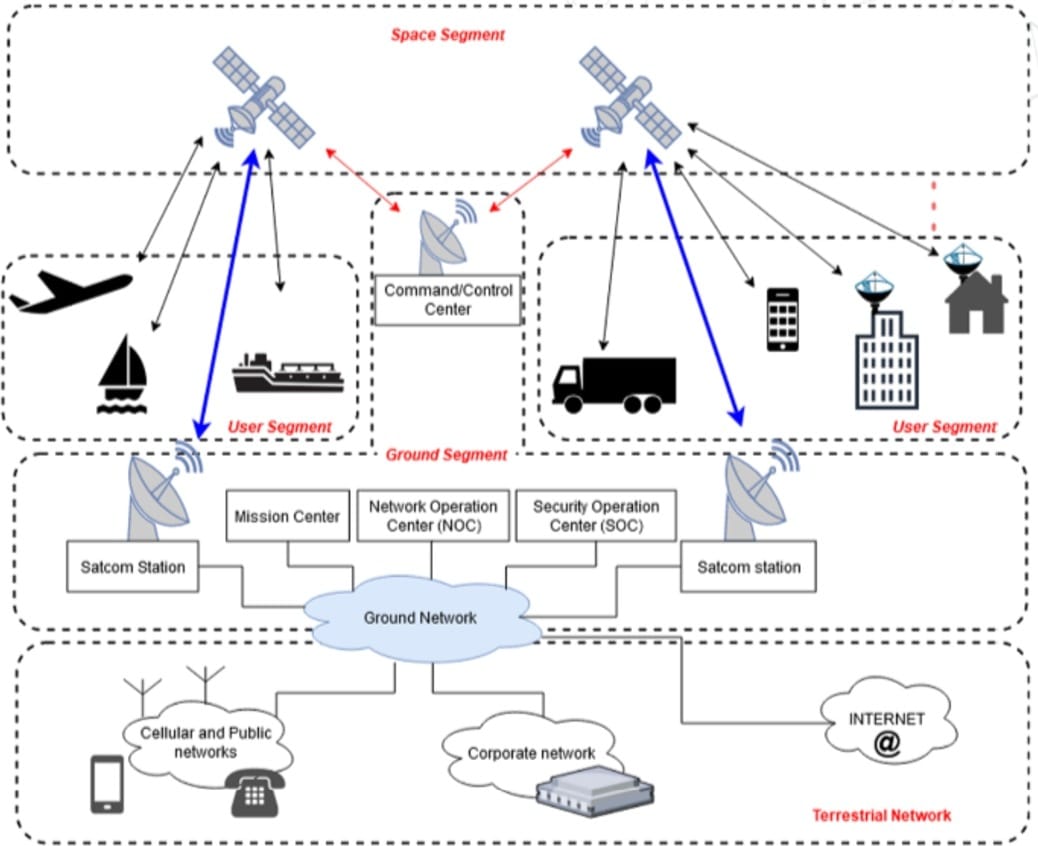
You may want to start thinking about how your software performs when it’s been beamed to orbit and back. New research by Netflix shows that Starlink is now the 29th biggest ISP (among 20,000) in terms of its streamed video content delivery (by second) and volumes are growing.
The satellite-based internet provider’s “highly-variable throughput and non-congestive packet loss” results in some performance degradation however that Netflix has been researching how to address; after analysing one million+ Starlink users across 85 countries for two years.
(SpaceX delivered another 29 Starlink satellites to orbit on December 29. It now has 6,700+ in orbit, among the 19,942 total objects launched into space, as tracked by the UN. Amazon continues to have ambitions to emulate its success; it launched its first two prototype satellites on October 6, 2023 and expects to begin deploying more in early 2025.)
Netflix over Starlink: Retransmit rates are...
“The majority of Starlink sessions experience nearly two times the retransmit rate relative to non-Starlink networks. The increase in Starlink retransmits is likely influenced by random loss on satellite links; the use of Active Queue Management (FQ-CoDel) on the Starlink WiFi router, which minimizes latency at the expense of packet loss; and potential packet reordering, which may lead to duplicate acknowledgments and spurious retransmits,” the researchers said in a mid-December paper.

Describing it as the “first global analysis of on-demand video streaming over Low Earth Orbit (LEO) satellite networks” the trio of Netflix researchers and co-author from the University of California said their pioneering work illustrated the “need for video streaming and congestion control algorithms to adapt to rapidly evolving network landscapes.”
Starlink users watching Netflix are “more likely to experience bitrate switches and network rebuffers”; throughput decreases are slower to recover (15s versus 5s for terrestrial ISPs) and video “rebuffers” are 216% more likely over Starlink than a “Top 10” ISP, the researchers found.
They made some “minor tweaks to the configuration of Netflix’s transport mechanisms” to try and optimise for satellite transmissions but admitted that they did not try any “LEO-specific TCP replacements” as Netflix’s “hundreds of millions of users rely on a myriad of types of access networks and dynamically choosing network-specific TCP replacements would introduce significant operational complexity…” (See details here.)
The performance bugs, ultimately, Netflix found, “are not easily fixed by simply modifying existing congestion control and ABR algorithms.”
As satellite communications evolve, video streaming optimisation has not been the only concern for users, with cybersecurity also challenging – and although Starlink, on paper, supports VPN use, performance can be poor.
The industry has a whole has work to do here, although awareness has grown since 2020 – when an Oxford University-based researcher made waves when he used £270 of home television equipment to capture terabytes of real-world satellite traffic — including sensitive data from what he said were “some of the world’s largest organisations.”
(The Viasat breach of 2022 also heightened industry security awareness.)
See also: "Misconfigured" VPN used to breach Viasat satellite network, malicious commands wiped modems
As Netflix’s researchers highlighted, “understanding operational LEO networks and their interaction with the Internet, is still in its early infancy; LEO began serving consumers only in early 2022 and LEO still holds a high barrier to measurement” – it’s a hot area for research.
A few final highlights: Africa is the fastest growing region for video streaming over Starlink, even though 63% of the population remained unconnected to the Internet in 2023, with speed increasing rapidly.
Rwanda’s minimum round trip times decreased two-fold between October and December 2023. Zambia’s maximum round trip times decreased six-fold between October 2023 and February 2024, for example. Netflix attributed that decreased latency “to increased ground infrastructure, improved routing, and more satellites…”
Many more satellites are coming and with them, many tens of millions more Africans coming online; many of whom may want enterprise software as as well as video streams. Does yours hold up to the idiosyncrasies of LEO-based networks? It might be worth thinking ahead...
Sign up for The Stack
Interviews, Insight, Intelligence for Digital Leaders
No spam. Unsubscribe anytime.
